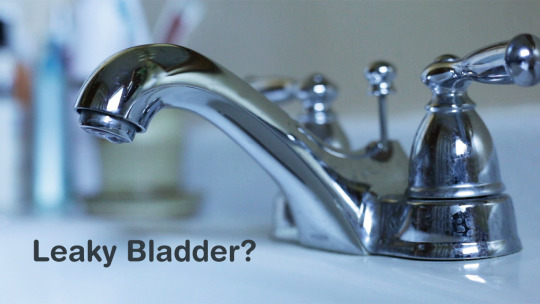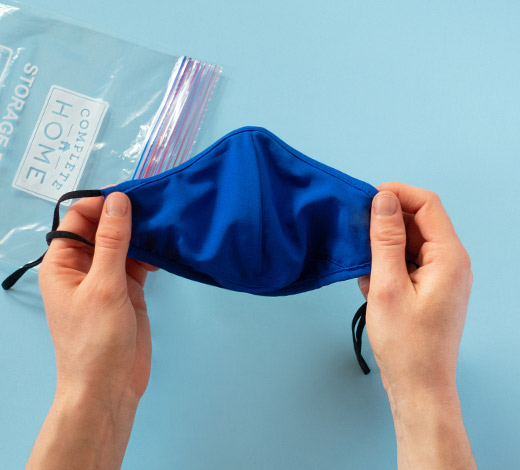
It’s common for men to get up
more frequently to go to the bathroom as they get older. Many men over age 50
experience symptoms due to an enlarged prostate or benign prostatic hyperplasia
(BPH).
How common is the condition?
Benign prostatic hyperplasia is found in about 50
percent of men between the ages of 51 and 60 and up to 90 percent of men older
than 80 years of age.
Why is
this happening?
The enlarged prostate may put pressure on the bladder and slow
or block the urine stream. Generally the size of the prostate grows from the
size of a walnut, when men are in their 20’s, and gradually increases to the
size of a lemon by age 60. This type of prostate enlargement is not a cancer
tumor. Symptoms can range from
mildly annoying to very uncomfortable, but most often are not life-threatening.
What are the symptoms?
The American Urological Association has a BPH symptom tool
that helps measure your symptoms and diagnose BPH.
Before you get started, ask
yourself these questions:
- Is your sleep interrupted during the night by 1-5
trips to the bathroom? - When you have to go, does your stream stop and start
a few times before you’re finished? - Do you make multiple trips to the bathroom
within a 2 hour window?
What can be done to decrease symptoms?
There are a few home
remedies that can be a first step to managing symptoms, such as checking to see
if some medications you’re on make urination more difficult. Stay away from
both alcohol and caffeine which can cause increased urination and reduce the
amount of liquids consumed at night. Try to urinate, stop to relax and try to
urinate again. Remember that worrying about symptoms makes them worse.
What prescriptions are available?
If these measures are not
controlling your symptoms, consider medications prescribed by your physician.
There are two groups of medications, Alpha-blockers and 5-alpha reductase
inhibitors, which affect different prostate tissues. The first group doesn’t
stop the prostrate from enlarging but does relieve symptoms. The second group
reduces the prostrate size but may take 6 months to relieve symptoms. There’s evidence
that combining medication from both groups may be an even better therapy.
What about surgery?
When medication doesn’t control symptoms such
as repeated urinary tract infections or inability to urinate, surgery may be an
option. Surgery can be done non-invasively by inserting surgical instruments
through the penis without cutting the skin. The most common is the
transurethral resection of the prostate (TURP) where the part of the prostate
restricting urine flow is removed. Other options include laser therapy to make
incisions or remove part of the prostate. Some surgeries involve microwave
energy or needle ablation to destroy part of the prostate so there’s less
pressure on the urethra. Make sure you always consult a urologist to find the
surgical option that’s right for you.
By Jean Cherry, RN MBA
Jean Cherry is a Program Development Manager in Clinical Programs and Quality with Walgreens. She has built and implemented many successful wellness and chronic disease management programs using patient-friendly digital and web-based technologies.

Sources:


